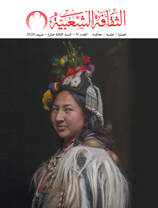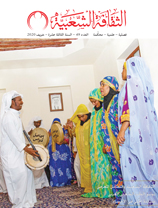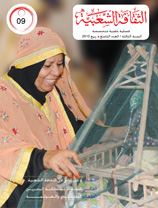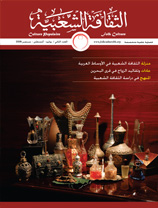A Semiological Visual Approach to Examples of Traditional Residential Spaces in Southern Tunisia
Issue 45
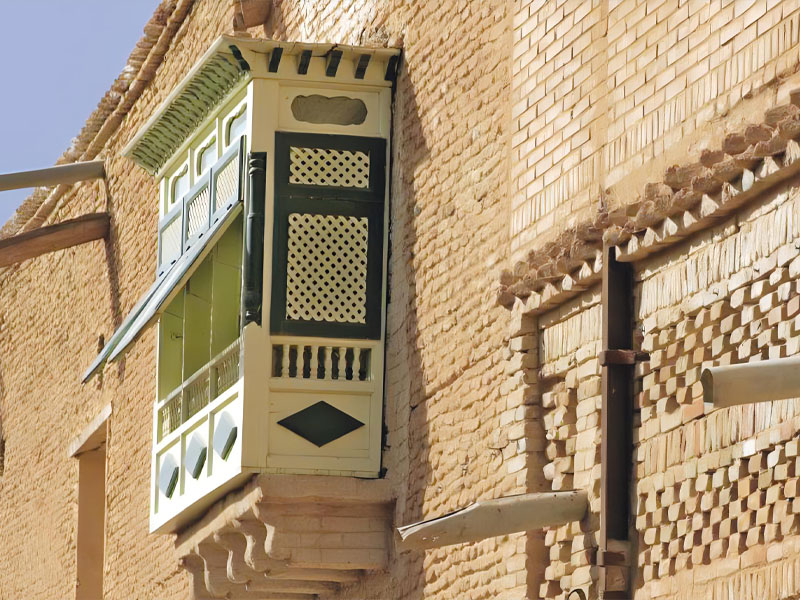
By Dr Zainab Kanduz, Tunisia
Though simple, the traditional dwellings in the south of Tunisia are a rich resource for researchers and architects who seek to learn about the Tunisian identity and beliefs. The architects who designed these buildings included Tunisian symbols and signs in different ways; as a whole, this forms a semiotic system.
We need to ask the following questions:
How do these elements – shapes, lines, colours and ornamentation – meet in various ways to produce the language of Tunisian architecture?
How did our forefathers create houses with facades that balance technical knowledge, the functional dimension and visual features to produce an integrated image that is reflected in the building’s facade?
Architects and urban theorists try to emphasise the semiotics of the different types of buildings; the semiotics are not restricted to a particular time or place or to the place’s material aspects. All aesthetic and functional values of buildings lead to a better understanding of the place. In this context, Barthes sees the space as a semiotic phenomenon rich in signs from which we derive knowledge about social activities.
The architecture only reflects the physical, functional and symbolic dimensions. The act of inhabiting a house in a traditional society reflects a social practice that should be studied thoroughly.
From the sociological perspective, a building has a strong impact on the group that inhabits it, and this impact occurs within a certain social context. In this social context, the group builds relationships, so the place where the individual lives becomes a link between the individual and society and a means of social integration, especially when it comes to marriage, which requires belonging and commitment. The home is also closely associated with family gatherings, and the establishment of the family is enhanced by social recognition.
















